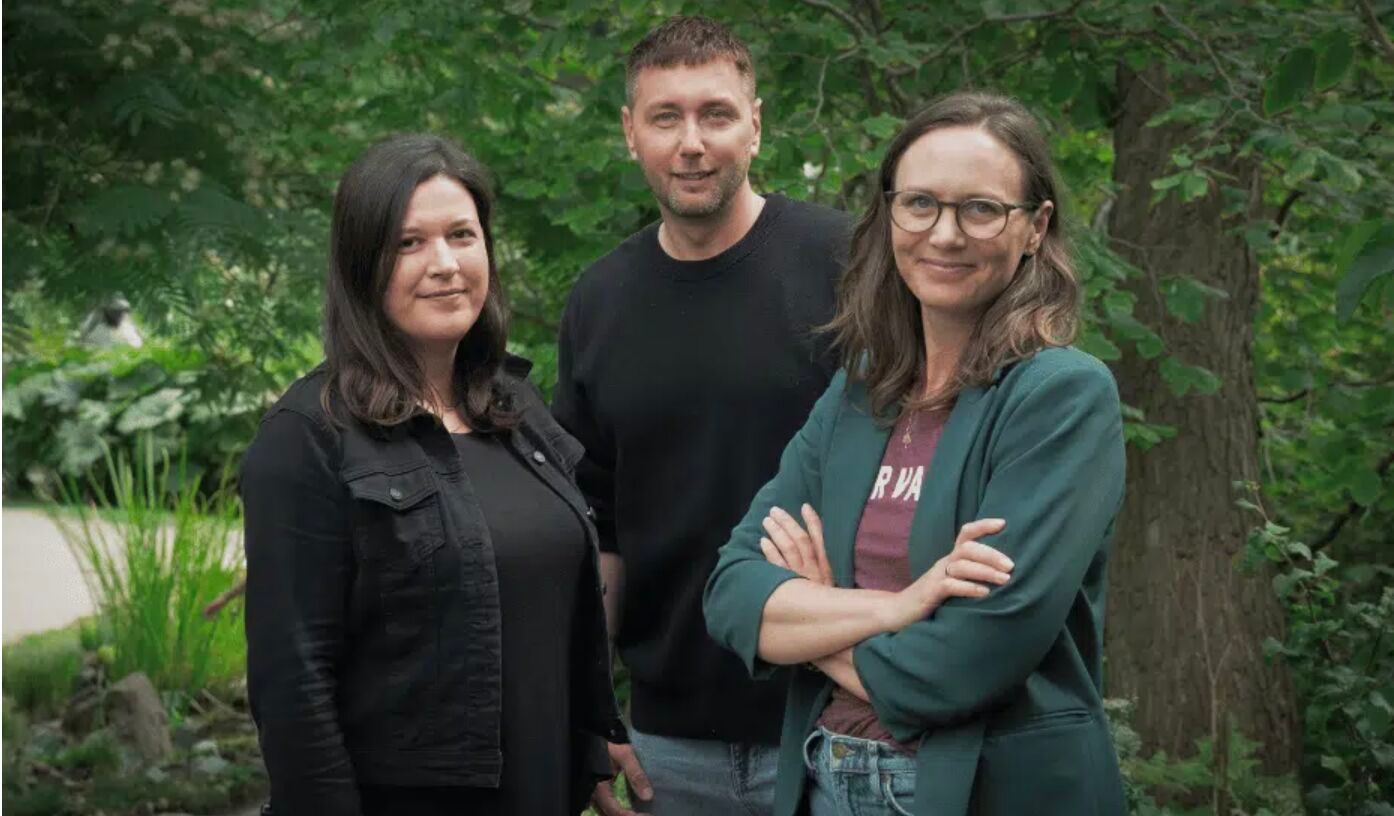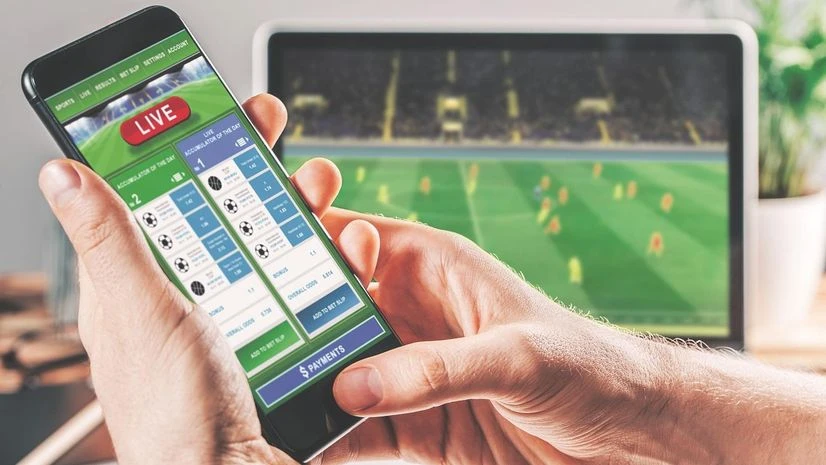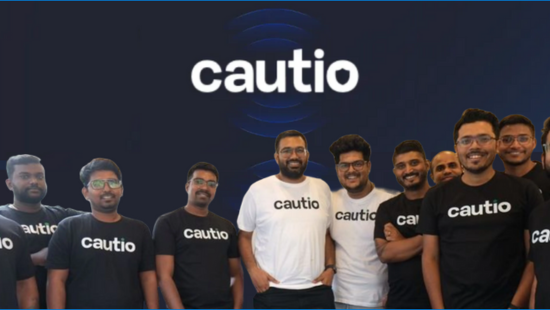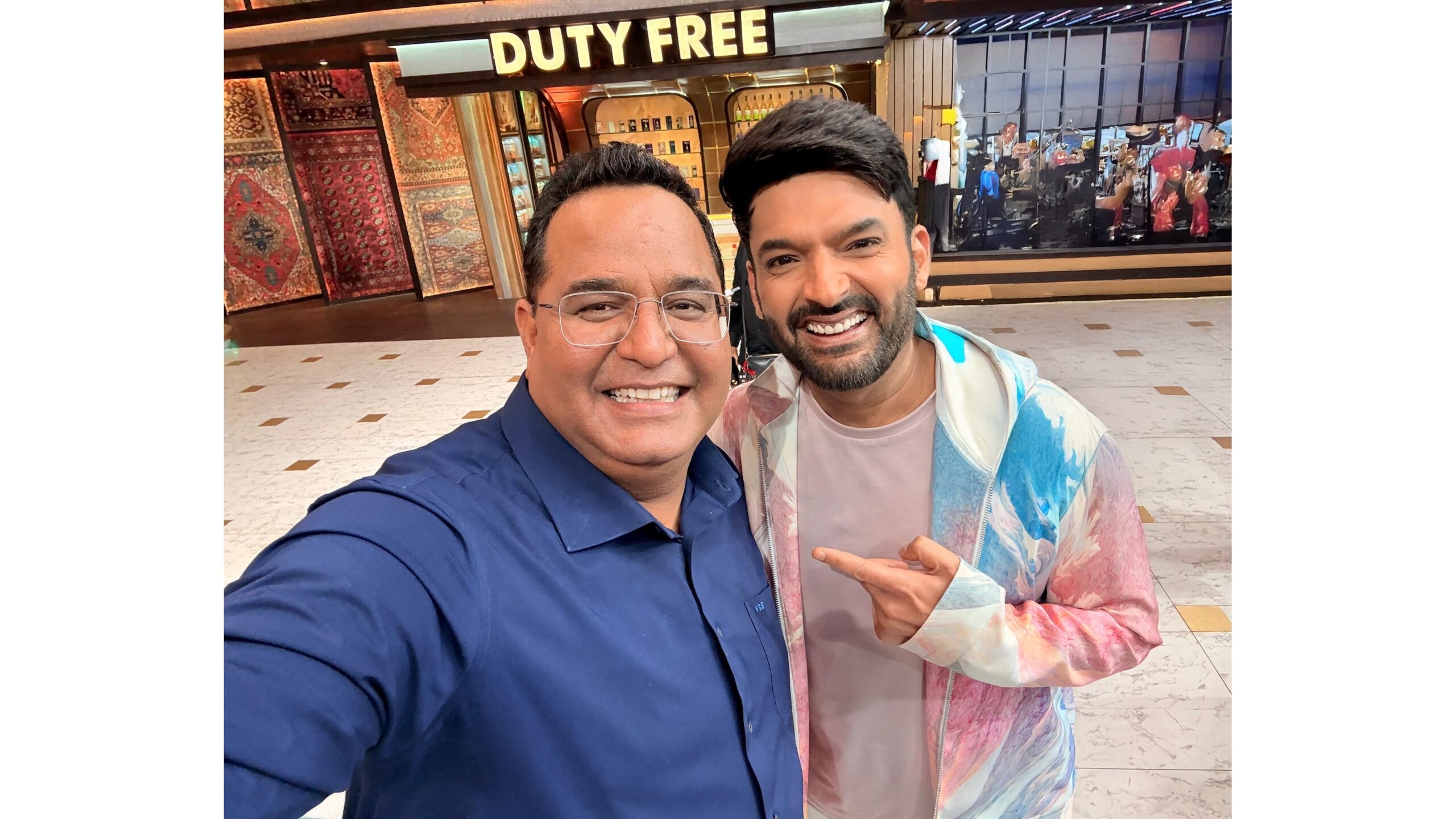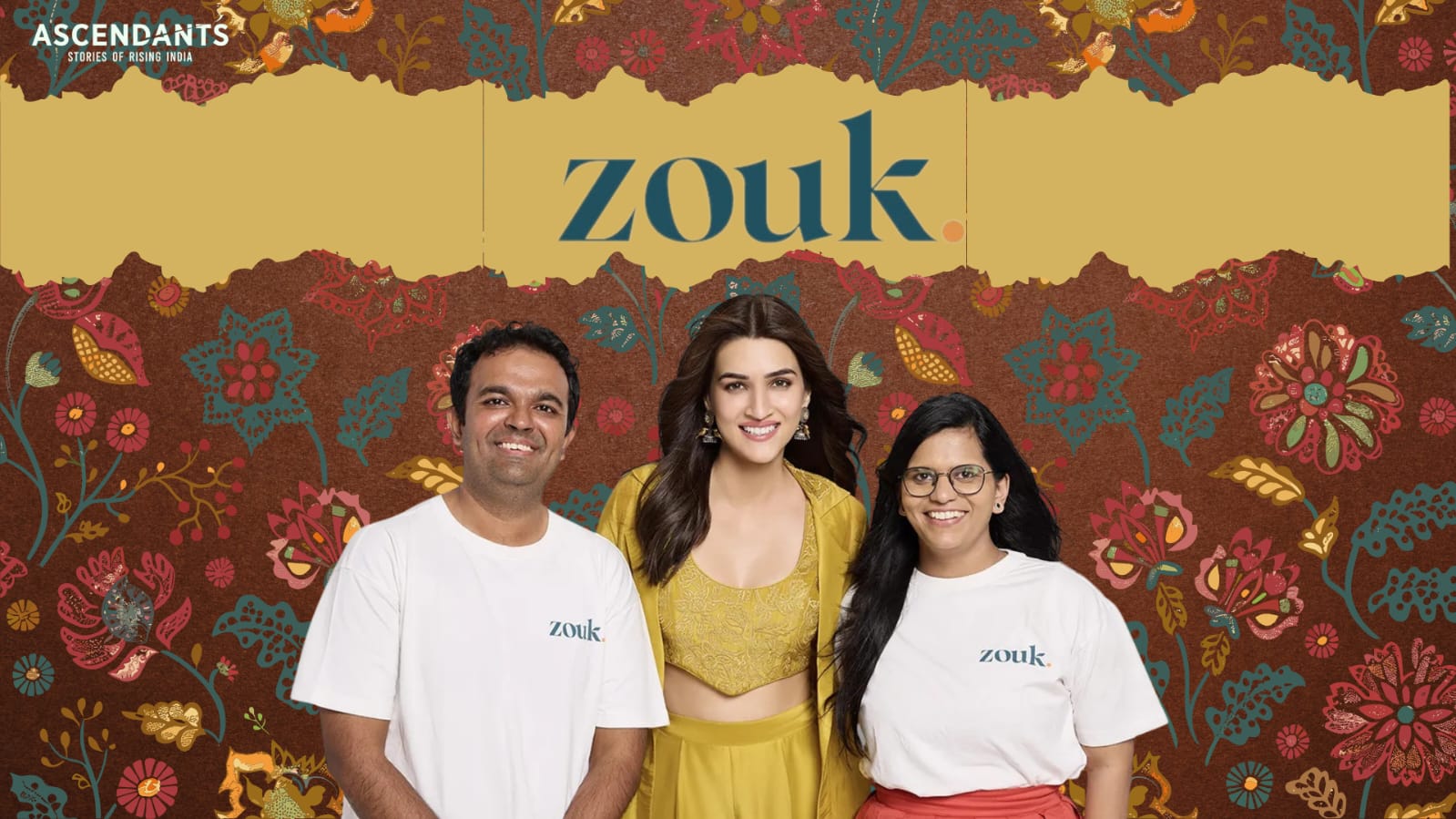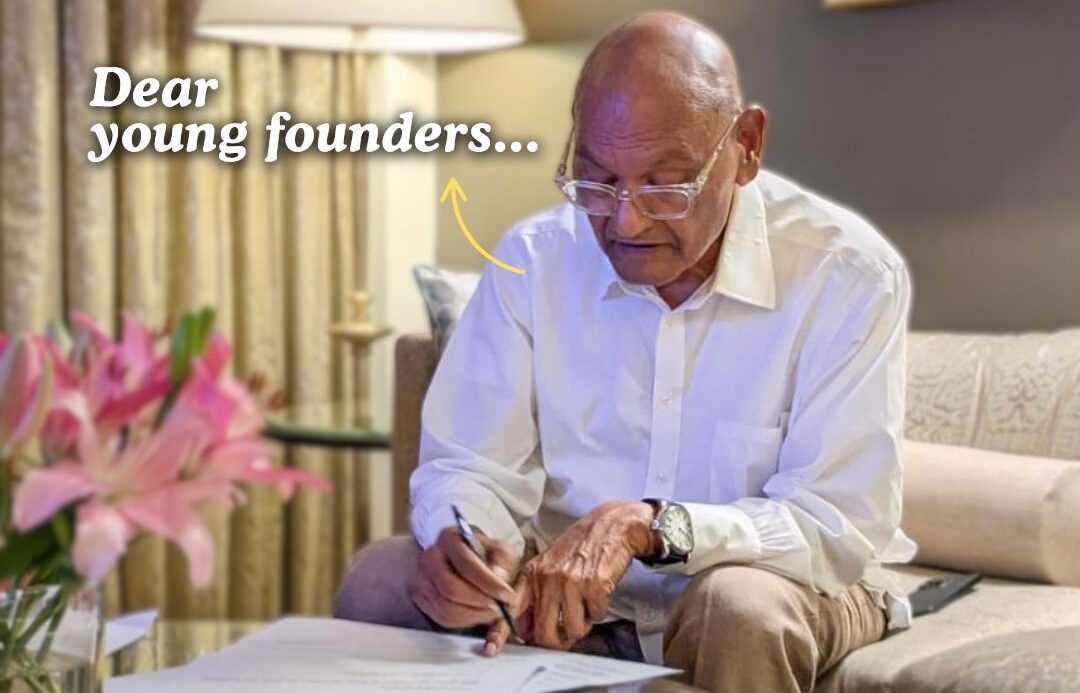Big Chill Cafe: In 2000, an unlikely meeting in Rwanda between Aseem Grover and Fawzia Ahmed set in motion what would later become one of Delhi’s most beloved cultural institutions. The story, highlighted recently by Sahil Jindal, Managing Director at Jindal Group, is a reminder that some of India’s most enduring brands aren’t crafted in boardrooms, but in the quiet conviction of two people chasing a shared dream.
The Beginning
When the couple moved back to Delhi, they opened their first café in East of Kailash. It wasn’t backed by glossy advertising or global consultants. Instead, it carried the warm aesthetic of their travels, mint-green walls, film posters from Casablanca to Breakfast at Tiffany’s, and generous bowls of pasta that made every guest feel at home.

What started as a small neighbourhood café soon began to draw crowds across the city. But unlike others chasing fast growth, Big Chill stuck to a deliberate pace.
The Big Chill Cafe: Building a Ritual, Not a Restaurant
Two decades later, Big Chill is no longer just a café chain, it’s a ₹120+ crore brand with:
- 10 iconic outlets across Delhi NCR
- EBITDA margins of 22–25%
- Zero franchises, zero marketing spend
The magic lay in its philosophy. Big Chill didn’t sell food; it sold memories. It became the backdrop for first dates, reunions, college friendships, and family rituals. People returned not for novelty but for the assurance that the experience and the taste remained unchanged.
Scaling with Discipline
While global names like Starbucks struggle for consistency and Dunkin’ Donuts exited India, Big Chill charted a different path. No franchising. No shortcuts. Every outlet remained self-owned, tightly quality-controlled, and margin-focused. Growth was slow, but it was steady and that became their moat.
Investing in People, Not Ads
Unlike most consumer brands, Big Chill never burned cash on celebrity endorsements or billboards. Instead, it poured every rupee into better staff, fresher ingredients, and uncompromising service. Word of mouth became its most powerful campaign, and loyal customers turned into its most effective brand ambassadors.
A Lesson for Indian Entrepreneurs
The Big Chill story underlines a truth that often gets drowned out in the noise of venture capital and global playbooks: Indian brands don’t always need massive marketing spends to thrive. What they need is trust, consistency, and culture.
As Sahil Jindal puts it, Big Chill is proof that when you build for belonging, your brand becomes more than a business, it becomes a ritual.
Also Read: Chocolat Corner: From a Mother’s Kitchen to a Rs 32 Lakh Business










